
Cedar 'Weeping Alaska' has wonderful interesting structure with its
Description. Chamaecyparis nootkatensis 'Strict Weeping' The foliage on this tall, extremely narrow Weeping Alaskan Cedar boasts an uncommonly pendulous habit. The draping foliage hangs down, clasped tightly against the upright trunk, like arms. Mature trees develop fascinating character, almost personalities, with secondary sub-leaders that.

Pin on Outdoor Design
The Alaska cedar is a majestic tree that grows wild all along the Pacific coast, from northern California to south-eastern Alaska. Wild trees have a slightly weeping appearance, but in the Weeping Alaska Cedar this has been taken much further, giving us a wonderful tree with horizontal branches and long, cascading side-branches dropping vertically to the ground in a most graceful and striking way.

Blue Weeping Alaskan Cedar Bower & Branch
What is a Weeping Alaskan Cedar Tree? The stunning conifers' native range in North America is mainly found in northern California. The Weeping Alaskan Cedar is a cultivar of the Nootka Cypress hence another common name Nootka False Cypress. In 1178 Captain James Cook, an English explorer, discovered the tree when traveling the Pacific Northwest.
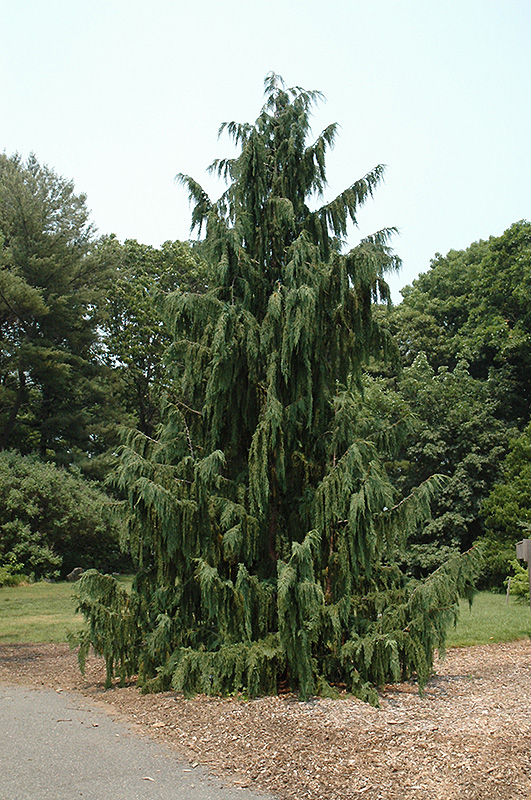
Weeping Alaskan Cedar (Chamaecyparis nootkatensis 'Pendula') in Ringoes
2. The "Green Arrow" weeping Alaskan cedar quite popular because of its thin, spire-like growth habit. If you have a tiny yard or garden, the "Green Arrow" is the perfect choice. It has a height of 20 feet and a width of 2 feet. It gives the scene a powerful, vertical focal point. Taking care of a weeping Alaskan cedar tree

Chamaecyparis nootkatensis ' Strict Weeping ' Weeping Alaska Cedar
While Alaska Yellow Cedar is a native spieces which grows wild in Alaska where it can grow to 60'-90' tall (and 30' wide). The cultivar 'Pendula' is a slender, pyramidal, strongly weeping form that only grows to 35' tall and 12 wide over its lifespan. It is an excellent specimen tree that features a nodding central leader with.
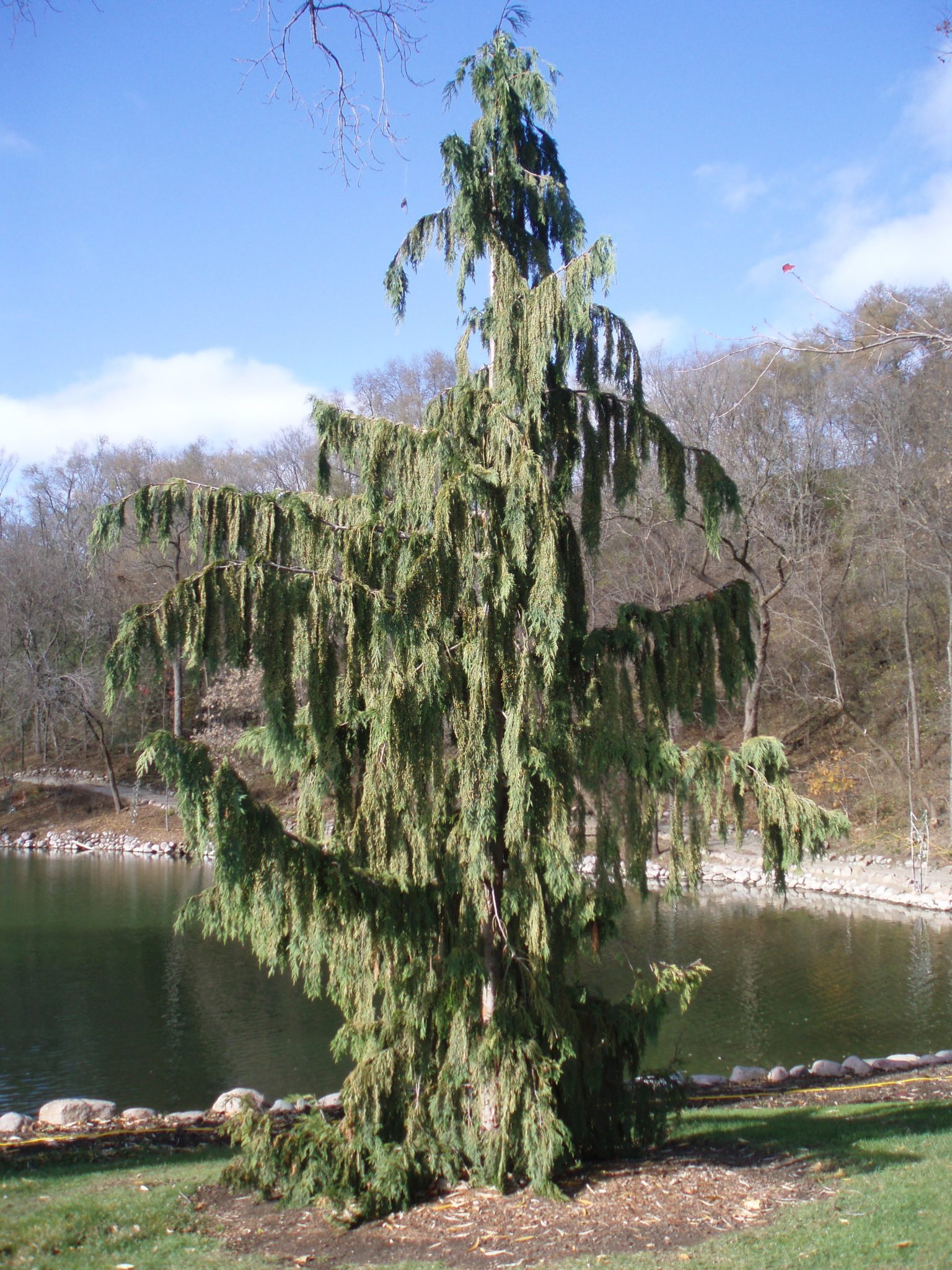
Weeping Alaskan Cedar Rotary Botanical Gardens
Name: Weeping Alaska Cedar, aka Xanthocyparis nootkatensis 'Pendula', formerly known as Chamaecyparis nootkatensis 'Pendula' (and oh my goodness there's another genus name in the works.For now, I'm sticking with these while I hope the madness stops.) Type of Plant: Evergreen tree that's hardy in zones 4 to 7, that grows slowly to around 35 feet tall in its native haunts of the.

Pin by Firecracker on Nelson plant ideas Evergreen trees landscaping
Chamaecyparis nootkatensis 'Glauca Pendula' / Blue Weeping Alaskan Cedar Tree: Growing zones 4-7. Grows to a height of 30ft. and a spread of 15ft.. The Weeping Blue Alaskan Cedar is a tall narrow form with blue foliage and a graceful habit. Its pyramidal shape and weeping branches make it ideal for the landscape. It prefers full sun and good drainage.
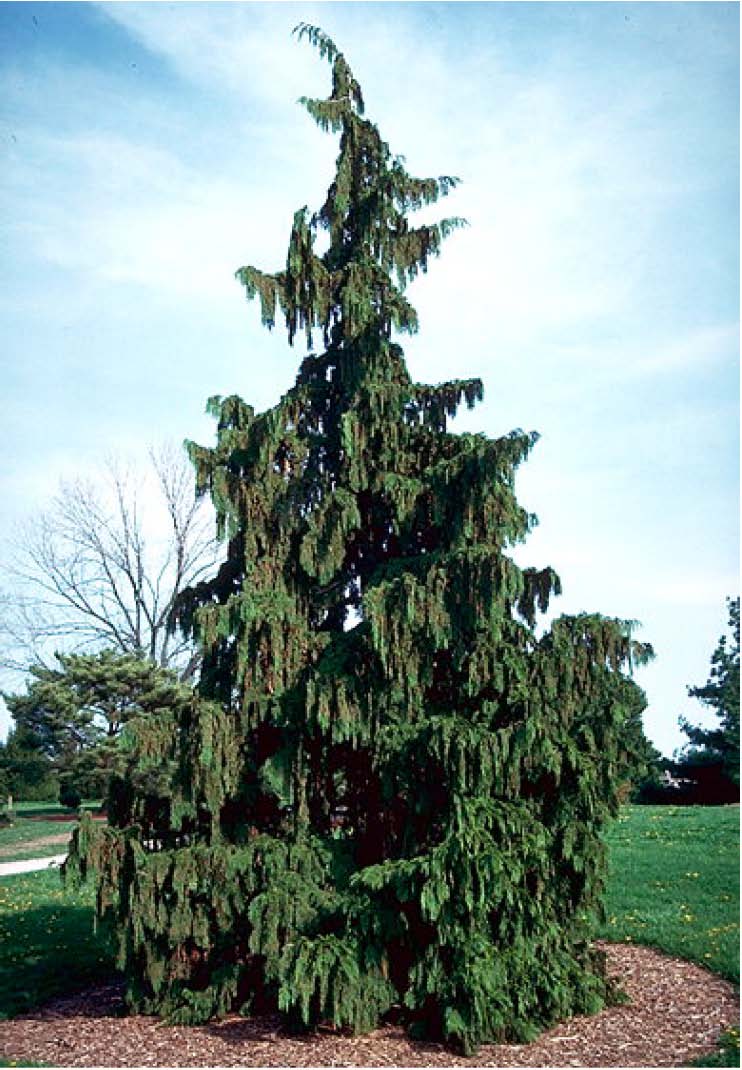
Beechwood Landscape Architecture and Construction Alaska Cedar
Weeping Alaska Cedar are on the Great Plant Picks list for the Pacific Northwest. _____ To Get Started . Please fill-out our Request for a Free Estimate form, or simply call or e-mail us. [email protected]; 425-343-2650 _____ Large Weeping Alaska Cedar ("Rescued") We have several "specimen grade", large Weeping Alaska Cedar.
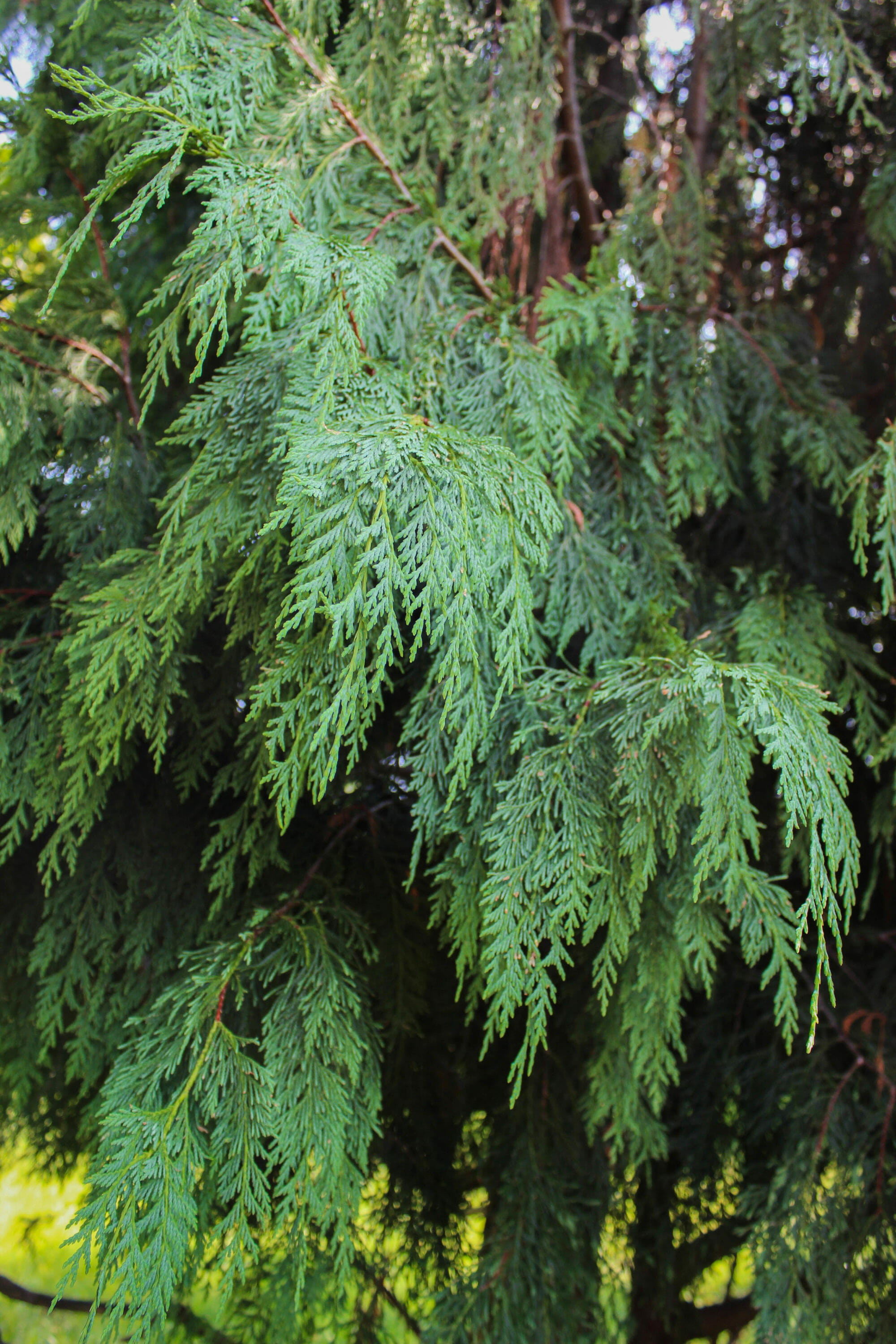
Weeping Alaskan Cedar Halka Nurseries
This tree germinated / was planted around the year 1850 ± 100, which makes it around 173 ± 100 years old (Rainer Lippert, Dec 1, 2012). Show on map · Download GPX · Edit data of this tree · Add new measurement · Remove Photos The photos are provided by Rainer Lippert. 3rd of December 2012.
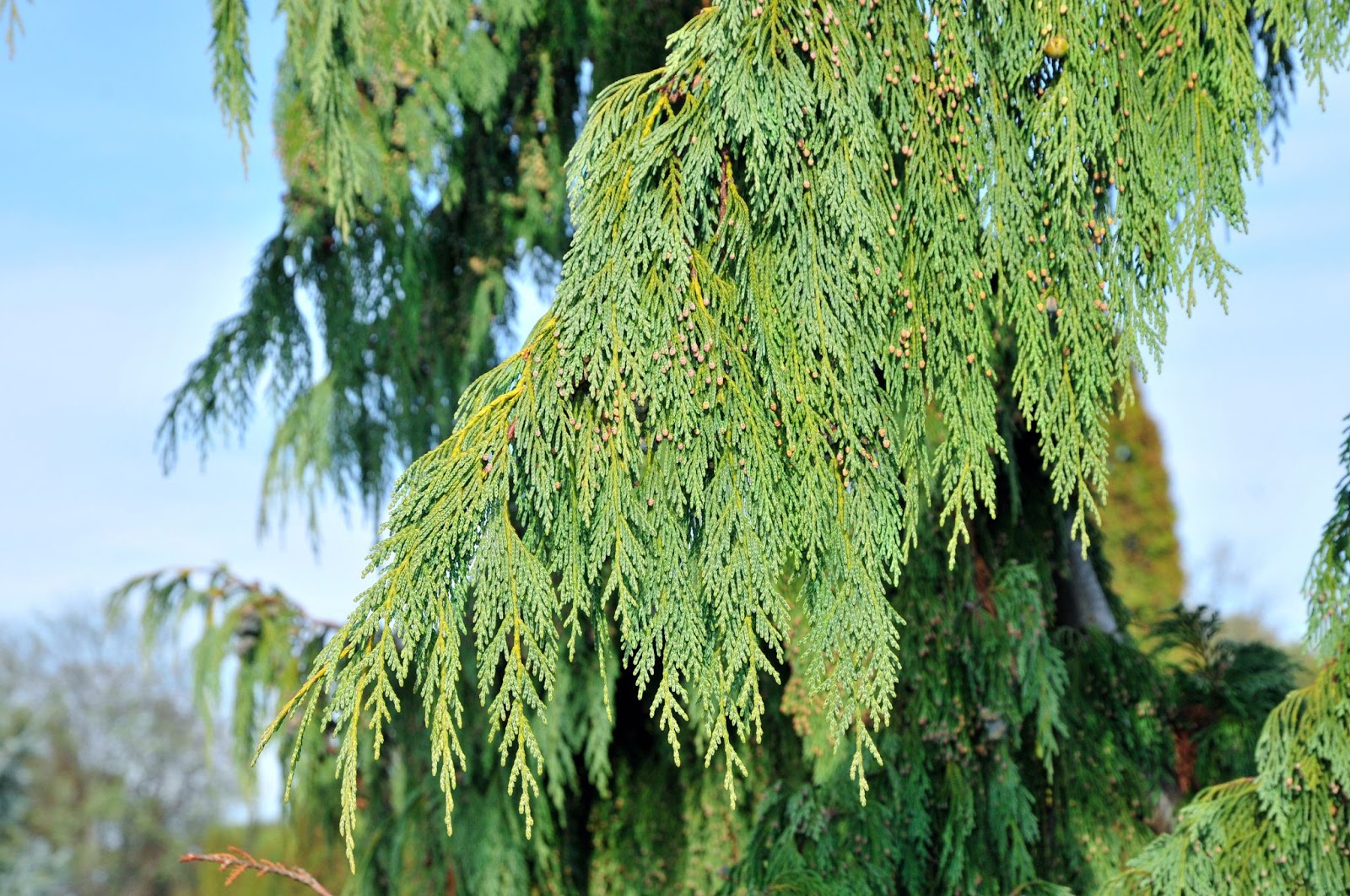
Weeping Alaskan Cedar Profile Frontier Tree Service Vancouver, WA
Two weeping Alaska cedars grow here now, the first a 40th birthday present from my garden mentor; the other (above) a few years younger. Each one is about 25 feet. Though they are said to reach 60 or even 90 feet in the wild (Alaska to Oregon), half that is the expectation in cultivation. A mature tree in the garden will be about 12 feet or.

Weeping Alaskan Cedar An Elegant, Easytogrow Evergreen Tree
The Weeping Alaskan Cedar is an elegant and striking conifer with a rich history and a popular landscaping choice. Its soft, feathery foliage and weeping branches adds a touch of drama to any outdoor space. The weeping Alaskan cedar tree is prone to spruce mites, but with a little attention, they can be avoided.

Chamaecyparis nootkatensis ' Jubilee ' Narrow Alaska Cedar Weeping
Home » All Trees » Weeping Alaskan Cedar. Chamaecyparis nootkatensis 'Pendula' Weeping Alaskan Cedar. USDA Zone: 5. Height: 30′ Spread: 10′ Description: A gracefully weeping top and pendulous branches cascade from an upright central trunk to create a remarkable sculptural landscape specimen.. Shape. Narrow, conical. Foliage.
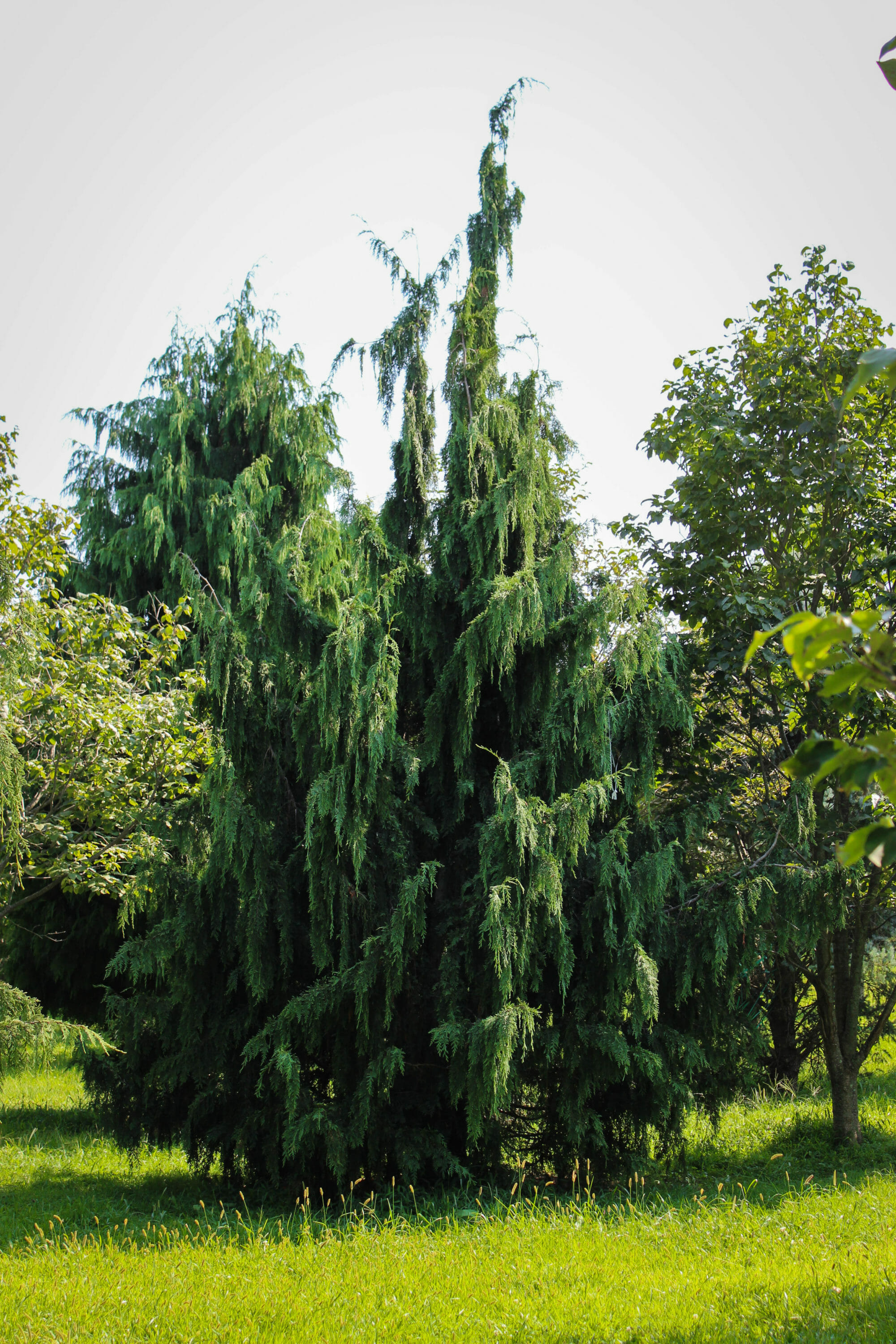
Weeping Alaskan Cedar Halka Nurseries
Weeping Alaska Cedar (Chamaecyparis nootkatensis 'Pendula'): 25 to 30 feet high and 10 to 12 feet wide; with a weeping form. Green Arrow Alaska Cedar (Chamaecyparis nootkatensis 'Green Arrow'): Narrow, spire-shaped collumnar tree reaching 20 feet high and 2 feet wide; makes a strong accent in the landscape.

alaskan cedar Chamaecyparis nootkatensis Nice alternative to
Weeping Alaskan Cedar. The main branches of this fast-growing tree droop from its spire-like main trunk that can produce secondary trunks to create a grove-like effect. Also known as "Dr. Seuss Trees," "Weeping Sequoia," and "Raywood's Weeping Arizona Cypress.". Distinguishing Characteristics: Drooping branches and a spire-like trunk.
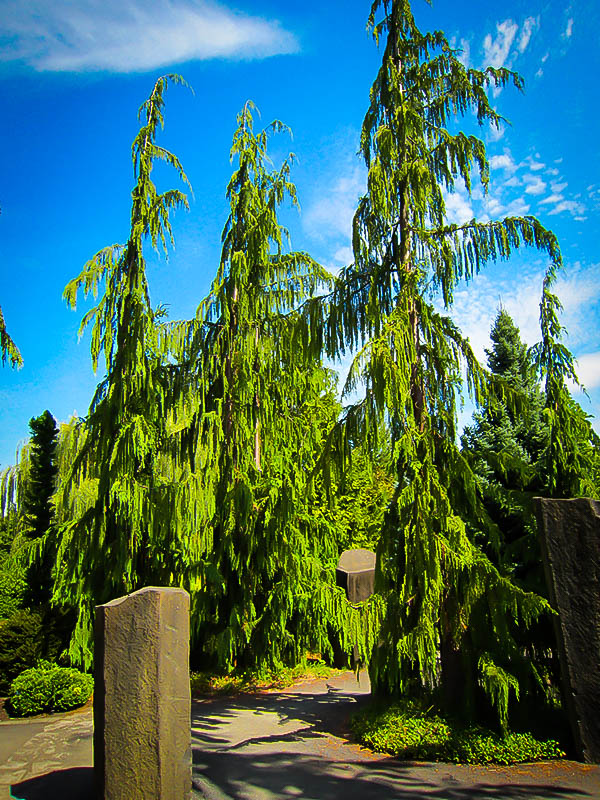
Weeping Alaskan Cedar For Sale Online The Tree Center
The Weeping Alaskan Cedar is best as a beautiful centerpiece to a garden or sparsely planted to draw the eye. The foliage falls gracefully off the branches and requires no pruning or care.. The Yoshino Cryptomeria, also known as a Japanese Cedar, is a fast-growing evergreen tree with blue-green summer foliage and bronze-green winter leaves.
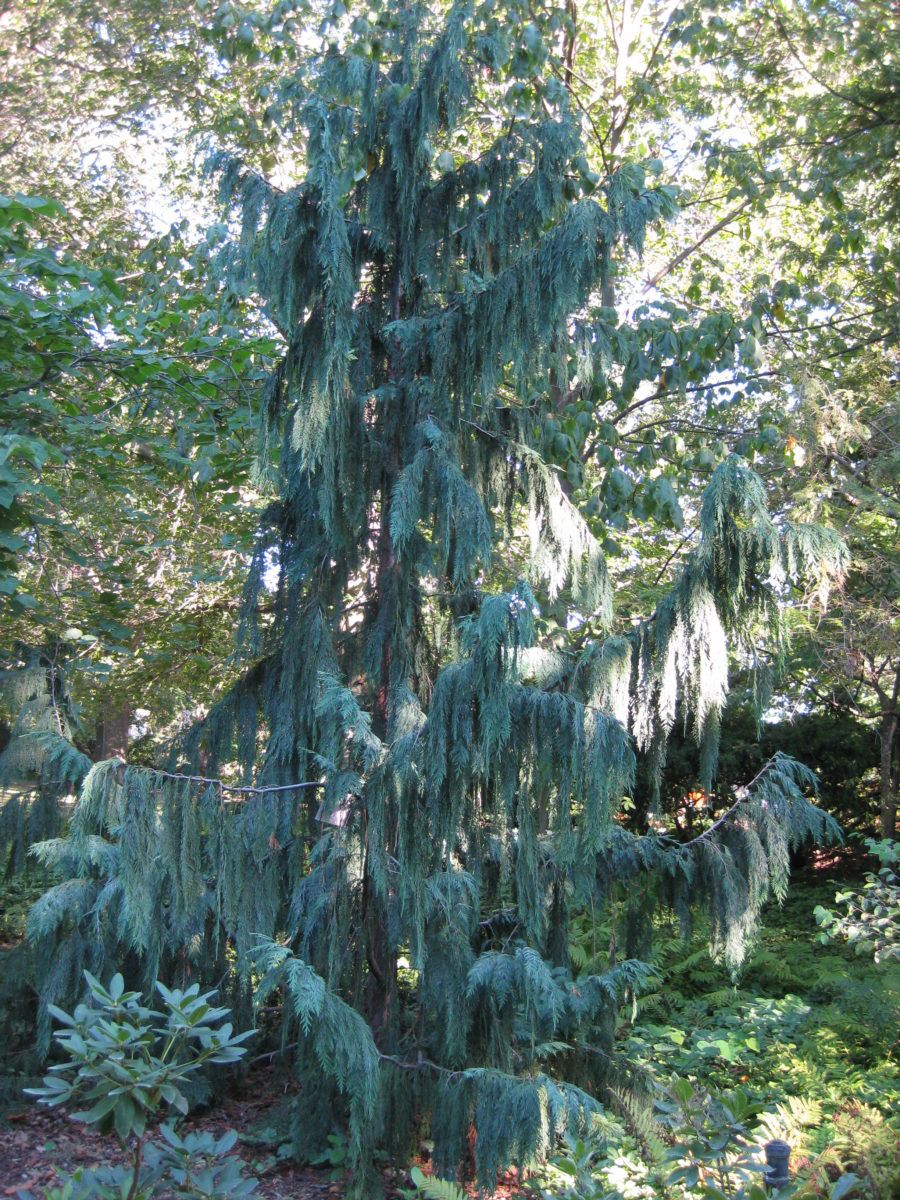
Weeping Alaskan Cedar Rotary Botanical Gardens
Weeping Alaskan Cedar is an open evergreen tree with a strong central leader and a rounded form and gracefully weeping branches. Its average texture blends into the landscape, but can be balanced by one or two finer or coarser trees or shrubs for an effective composition. This is a relatively low maintenance tree.